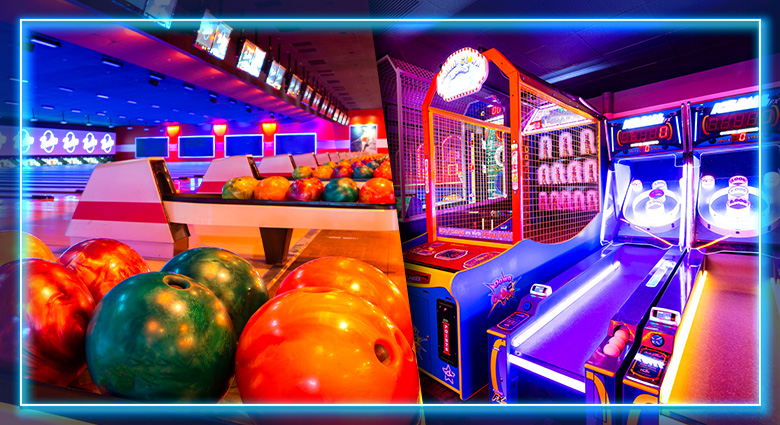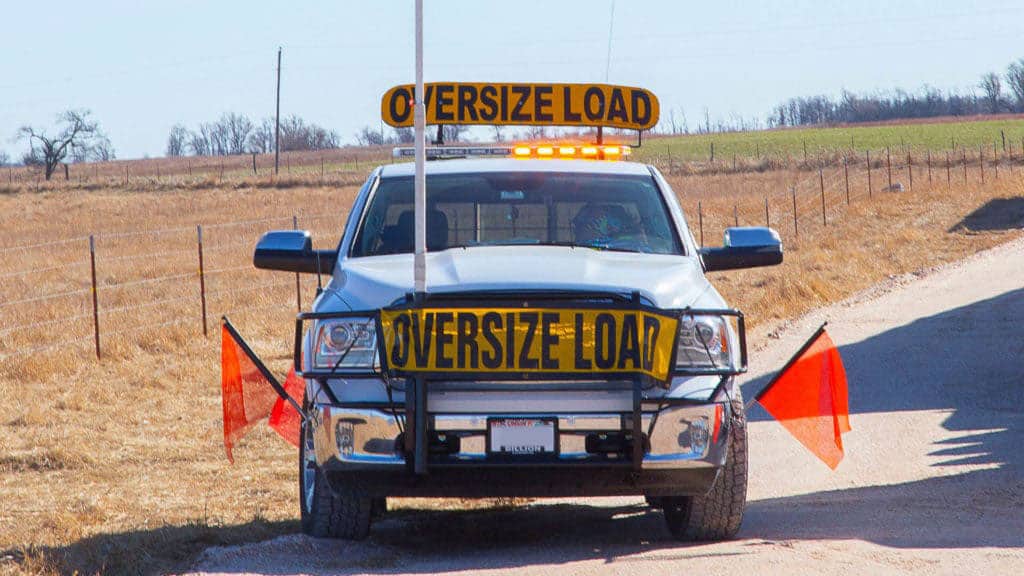
Image Source: Google
Galvanized joints are commonly used in various DIY projects and home improvement tasks due to their durability and strength. Understanding how to work with galvanized joints effectively can help you create sturdy structures that last for years. In this practical guide, we will explore the strength of galvanized joints and provide useful tips for DIY enthusiasts and homeowners.
What are Galvanized Joints?
Galvanized joints are created by coating steel or iron components with a protective layer of zinc. This process, known as galvanization, helps to prevent rust and corrosion, making the joints ideal for outdoor and moisture-prone environments. The zinc coating serves as a sacrificial anode, corroding before the base metal, thereby extending the lifespan of the joint.
Benefits of Galvanized Joints
- Enhanced corrosion resistance: Galvanized joints are highly resistant to rust and corrosion, making them suitable for outdoor use.
- Longevity: The zinc coating provides durable protection, extending the lifespan of the joint.
- Cost-effective: Galvanized joints are relatively affordable and offer excellent value for money in terms of longevity and durability.
- Easy maintenance: Galvanized joints require minimal maintenance, saving you time and effort in the long run.
Types of Galvanized Joints
There are several types of galvanized joints commonly used in DIY projects and construction. Understanding the different types can help you choose the most suitable joint for your specific needs.
Threaded Joints
Threaded galvanized joints consist of pipes or fittings with threaded ends that can be easily connected using a wrench. These joints are commonly used in plumbing and gas supply systems.
Welded Joints
Welded galvanized joints are created by welding together two or more pieces of galvanized steel. This type of joint is highly durable and suitable for structural applications.
Tips for Working with Galvanized Joints
Working with galvanized joints requires some special considerations to ensure a strong and reliable connection. Here are some tips to help you work effectively with galvanized joints:
Prepare the Surface
- Clean the surface of the galvanized components before joining them to remove any dirt, grease, or debris that could affect the quality of the joint.
- Use a wire brush or sandpaper to lightly abrade the surface of the galvanized components to improve adhesion and reduce the risk of zinc spattering during welding.
Use the Right Tools
- When working with threaded galvanized joints, use a pipe wrench to tighten the connections securely without damaging the threads.
- For welding galvanized joints, use a MIG welder or stick welder with proper ventilation to prevent the inhalation of zinc fumes.
Apply Galvanized-Specific Techniques
- When welding galvanized joints, use a low welding current and short arc length to minimize the heat input and reduce the risk of zinc vaporization.
- Avoid direct contact between the welding electrode and the zinc coating to prevent spattering and maintain the integrity of the joint.
Maintaining Galvanized Joints
Proper maintenance is essential to ensure the long-term performance of galvanized joints. By following these maintenance tips, you can prolong the lifespan of your galvanized structures:
Inspect Regularly
- Regularly inspect galvanized joints for signs of corrosion, damage, or wear, and address any issues promptly to prevent further deterioration.
Repair as Needed
- If you notice any areas of corrosion on the galvanized joint, clean the surface and apply a galvanized repair compound to protect the exposed metal.
Keep Clean
- Regularly clean the surface of galvanized joints with a mild detergent and water to remove dirt, grime, and other contaminants that could promote corrosion.


-600.jpg)
